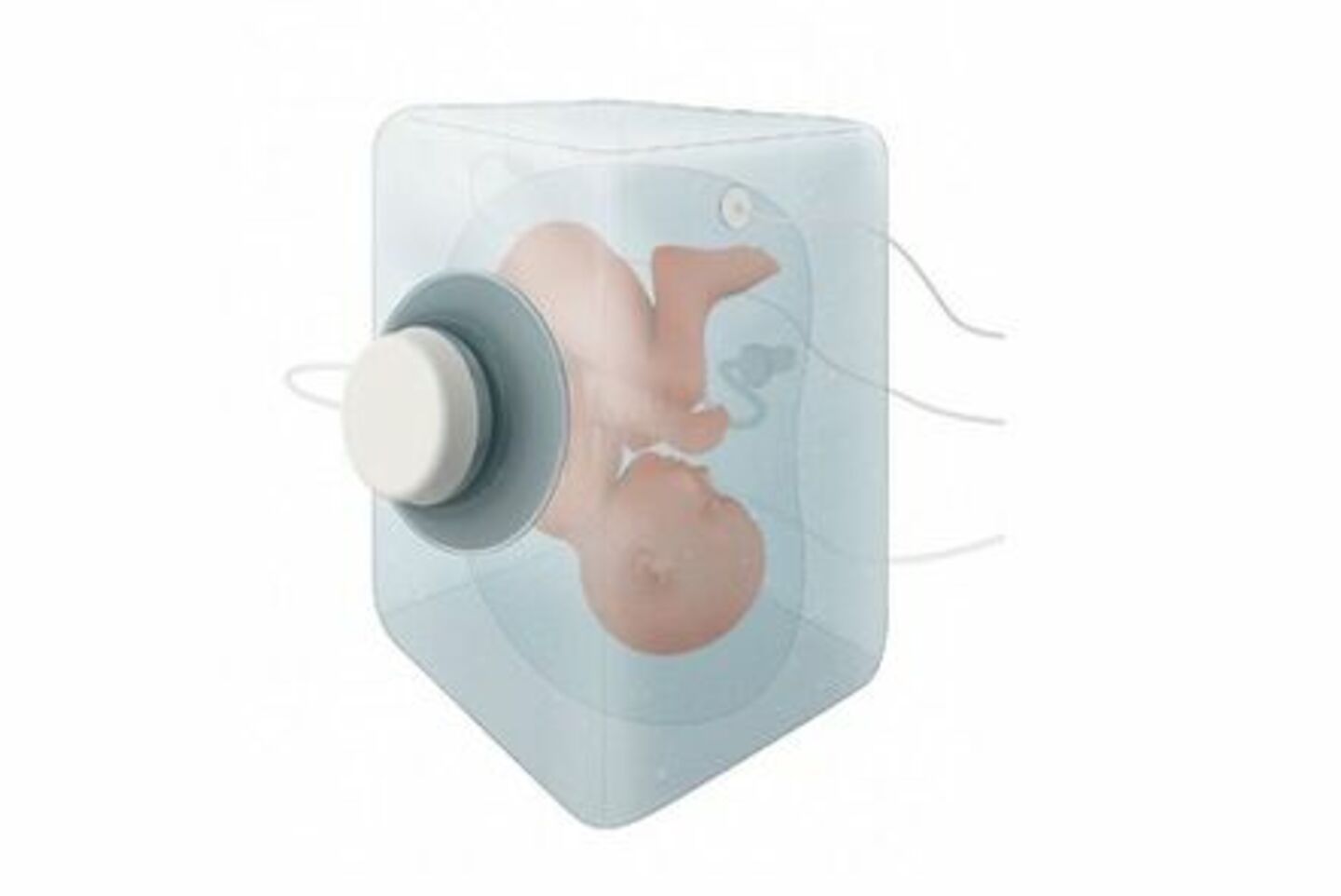
How do you keep sight of the human side of an artificial womb?
The importance of the parent-child bond and how it can be safeguarded
Frank Delbressine, assistant professor at the Department of Industrial Design, expects it will be possible to allow premature babies to continue their growth process in an artificial womb within a decade. This would be a solution for extremely premature babies that cannot be put in an incubator. Delbressine is involved in researching and developing the design. But what comes into mimicking an organ? “Apart from the technology, the human side is very important,” he says.
Each year, about half a million babies worldwide are born extremely prematurely, between 24 and 28 weeks. Approximately half of them end up dying. Those that don’t are very likely to suffer from permanent health problems. “The lungs of extremely premature babies haven’t developed fully yet. This means oxygen from the air cannot be absorbed properly, to the point of being harmful. This causes lung damage, but the resulting oxygen shortage also leads to eye and brain damage, among other things,” Delbressine explains. A standard incubator, based on air circulation, doesn’t seem to solve matters. “But what if you could transfer babies to amniotic fluid? That was the basic idea of this project,” he says.
It's not an entirely new concept. In 1954, it was already patented by an American called Emanuel M. Greenberg. It was a good idea, but sadly the technology at the time turned out to be inadequate and the patent ended up lapsing, expiring in 1972. In 2017, more than sixty years after the initial patent application, there seemed to be new developments. Nature published research on the use of an artificial womb for premature lambs. The results appeared to be positive, with the vast majority of the lambs showing normal growth and normal development of vital organs such as lungs and brains.
Under development: artificial womb for humans
Shortly after this breakthrough, well over four years ago, ‘Perinatal Life Support’ (PLS) was launched. TU/e (departments of Industrial Design and Biomedical Engineering) runs this European project to develop the world’s first artificial womb for humans, together with RWTH Aachen University, Politecnico di Milano, Nemo Healthcare and LifeTec Group. “It’s a tool to improve the quality of life of premature babies,” Delbressine says. Working on the project on behalf of the Department of Industrial Design, he’s very passionate about it.
The idea is for an extremely premature baby to be transferred to this artificial womb. Here, the baby can continue to develop, without experiencing harmful effects from being exposed to the air, like with a traditional incubator. In the transfer from the mother to the artificial womb, it’s therefore important that the infant’s face stays submerged in the amnionic fluid (either artificial or not) at all times. “If this doesn’t happen, the infant may get a breathing reflex. That’s something we want to avoid at all costs.”
This is exactly what Juliette van Haren, a PhD candidate at the Department of Industrial Design, focuses on. Under the supervision of Delbressine and working together with a group of Industrial Design students, she’s devising a transfer procedure that’s as natural as possible, without exposing the infant to the air. From the mother’s womb, they don’t go directly into the artificial womb but pass through a medium: a transfer bag filled with artificial amnionic fluid. Using the gloves integrated into the transfer bag, a doctor can pick up the baby and move it from the womb to the transfer bag, from which the baby is transferred to the artificial womb later on. “The baby stays in there for 28 weeks,” says Delbressine. “The assumption being that after 28 weeks, it’s better off being in the incubator.”
In the artificial womb, the umbilical cord is hooked up to the artificial placenta. Just like a natural placenta, this arranges the provision of nutrients, blood and oxygen. Stimuli that take place in a natural womb are reproduced as realistically as possible. “Examples include temperature, sounds, light, but also vibrations and movements of the mother,” Delbressine says. These stimuli are necessary for a normal development of the infant.” The amniotic fluid-filled chamber that holds the baby is made of thick, transparent silicone. “You might think that’s creepy-looking, but it’s of huge importance. We mustn’t forget about the human side.”
The human side
When he says ‘human side’, he’s referring to the important relationship between the baby and the parents. “You want to establish a bond between the child and the parents,” he explains. “But how to go about this?” Normally, this happens through skin-to-skin contact between mother and child, which is also called ‘Kangaroo Care’. This often takes place by default. After a baby’s safe arrival into the world, it’s almost an unwritten rule that it’s placed on the mother’s chest as quickly as possible. “The baby’s then literally on the mother’s skin. Her warmth and heartbeat calm the baby,” he says. “It’s very important for this bond to also be established under these difficult circumstances, where the parents cannot directly touch the infant.”
You can use a special phone to play back the mother’s heartbeat, for example. This has a very calming effect on babies
Indirect touch
To make this happen, Delbressine and his colleagues worked on alternative ways of contact for the infant and the parents. One example is a special phone. One end of this phone is linked to the artificial womb holding the premature infant. The device has been hooked up in such a way that the baby can hear the sound perfectly. The other end of the phone can be used to communicate with the baby. “You can play back the mother’s heartbeat, for example. This has a very calming effect on babies,” he explains. “But you can also talk to the baby, or even play some music.”
Other sensory stimuli are also very important for brand new parents to give and receive. For this reason, the front of the artificial womb is made of a transparent silicone membrane. Transparent, so the infant can be viewed 24/7. And silicone, so it can be touched (albeit indirectly). Silicone is very flexible, moving with the touch like a mother’s belly does. This allows the parents to feel the baby’s movements and kicks, and the baby to feel its parents’ touch.
Experience experts
Devising these solutions isn’t something TU/e does by itself, but together with experience experts. “We are in very frequent contact with support groups that advise us,” says Delbressine. Care4Neo is one of these organizations, entirely consisting of parents to premature children and neonatologists, pediatricians specializing in premature babies. “They’ve gone through this situation themselves and can give us advice based on their experiences,” he says. “Take the phone, a prime example of something they told us was hugely important for parents in this kind of situation.”
Very sensitive subject for many people
As it turns out, the group of experience experts stretches beyond the parents in support groups such as Care4Neo. “Lots of people have had a premature baby or know someone in their inner circle who’s had one. It’s a very sensitive subject for a lot of people,” he says. “I like to compare it to a rollercoaster. Having a premature child is extremely emotional.”
To reach experience experts outside of the support groups, he and his colleagues had a booth at the Dutch Design Week (DDW) in the past four years. Here they talked about the project with people passing by, showed images of the latest designs and handed out questionnaires. “We asked people about their experience, but also about what aspects they thought needed more attention,” he tells us. “An important one that came up was color usage; it needs to have a friendly look.” Current designs directly reflect this feedback, with round shapes and light pastel colors that are reminiscent of children’s rooms.
The important of touch was also stressed by many DDW visitors, who responded favorably to designs making this possible. One point raised was that it’s also important to keep in mind mothers who are fresh out of labor and might not be able to walk independently. This was also taken on board by Delbressine and his colleagues. “We’ve now got an alternative that has room for a bed underneath, for mothers who just gave birth.” This enables them to bond with their newborn while lying down.
When asked if the ambition is to be at DDW again next year, Delbressine is very clear. “Definitely,” he says. “These conversations continue to be very necessary, for the human side. If you haven’t got that part figured out, you can use all the technology you want but the final result simply won’t cut it.”
Future perspective
A lot is going on in the PLS project, ranging from tests, development, simulations, validation, and consultation of parents and DDW visitors, to lectures at Studium Generale (and on other occasions). But it will still be a while before the first artificial womb can actually be used. “We expect to be able to help the first babies in eight to ten years from now.” This long waiting time is mostly taken up by getting the necessary medical-ethical approval to make sure everything is working flawlessly. “We simply have to get it right the first time. It concerns a child after all.”


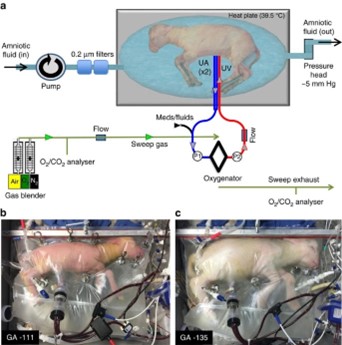
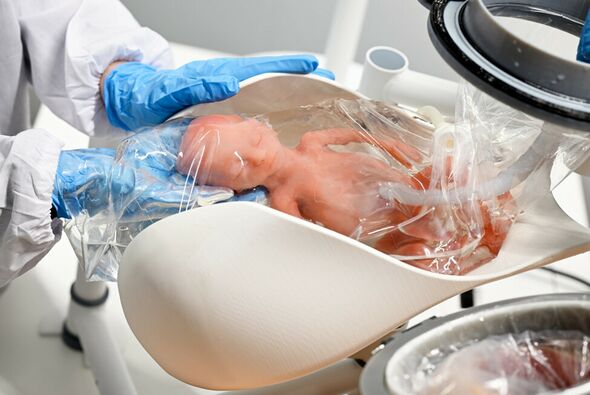
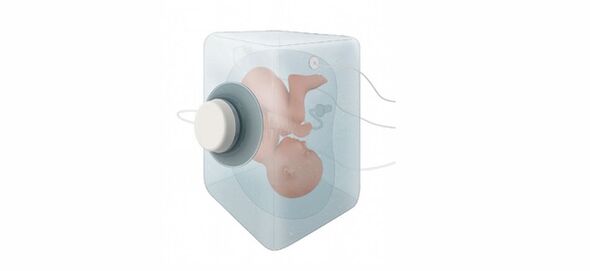
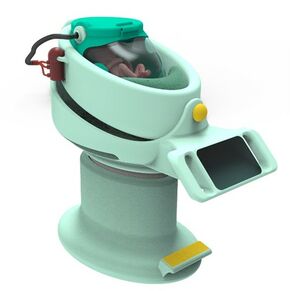

Discussion